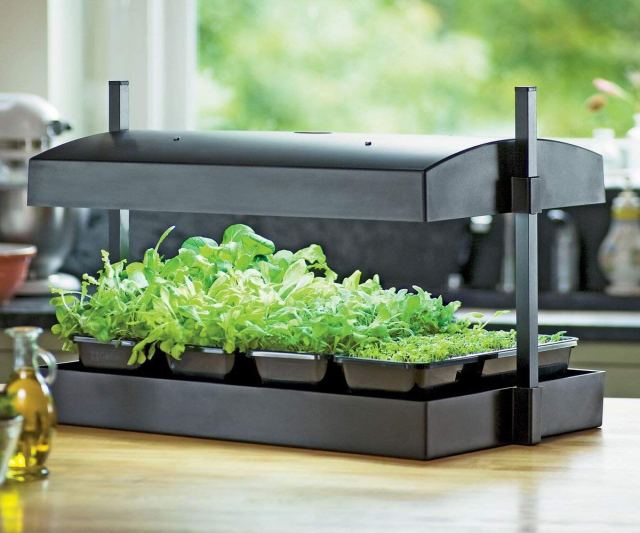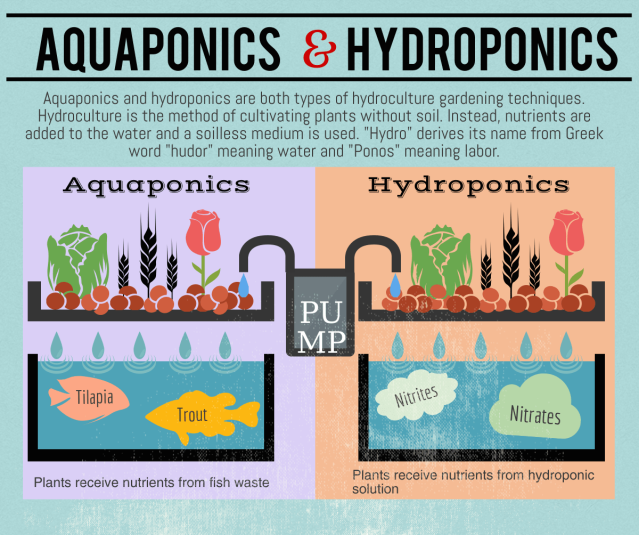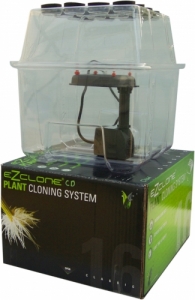
Today most of the people make use of different Aquaponic and hydroponic methods for growing crop and fresh nutrient vegetables and fruits. This can be considered as the best method of agriculture. Moreover, it has also gained popularity by replacing traditional farming.
In Australia Aquaponics is all about growing food and vegetables in an attractive, productive and in a healthy way. It is a system of farming fishes and plants together in a beneficial cycle. In short, this process is a combination of aquaculture and Hydroponics.
According to commercial and domestic research, you can successfully grow a hundred types of different vegetables and fruits by this process. This is a clean and green way of efficiently cultivating plants.
While starting the Aquaponics process at your home for growing food here are some tips or basic things that you need to know
Let’s consider below!
- Buy the tank carefully:
Fishes are very crucial and fish tank plays an important role in Aquaponics and hydroponic gardening. You can choose any type of tank but flat bedded and round tank are very good and easy to clean. Moreover, if it is possible then you must choose fibre-glass and strong inert plastic tanks because they are very durable and gives you long-lasting benefits.
- Maintain proper Water Circulation:
For growing healthy food, you should make use of water and air pump for the movement of oxygen to plants. Through this, aquacultures, bacteria, and plants grow healthy. Plus, always prefer the best quality pump or as per your tank measurements.
- Use good Quality Water:
Water is considered as life-blood for Aquaponics gardening. It is the way through which all essential and healthy nutrients are transferred to the plants. So, it is very important to choose good quality water for this process.
- Avoid overfeeding and remove all uneaten food:
For aquatic animals waste and uneaten food is considered very harmful because they can rot inside the system. Rooting food can cause harmful disease. Feed the fish’s every day and remove all uneaten and waste from the tank within a few hours.





 The solution flows over roots of plants without any interruption and then is drained back into the reservoir.
The solution flows over roots of plants without any interruption and then is drained back into the reservoir.